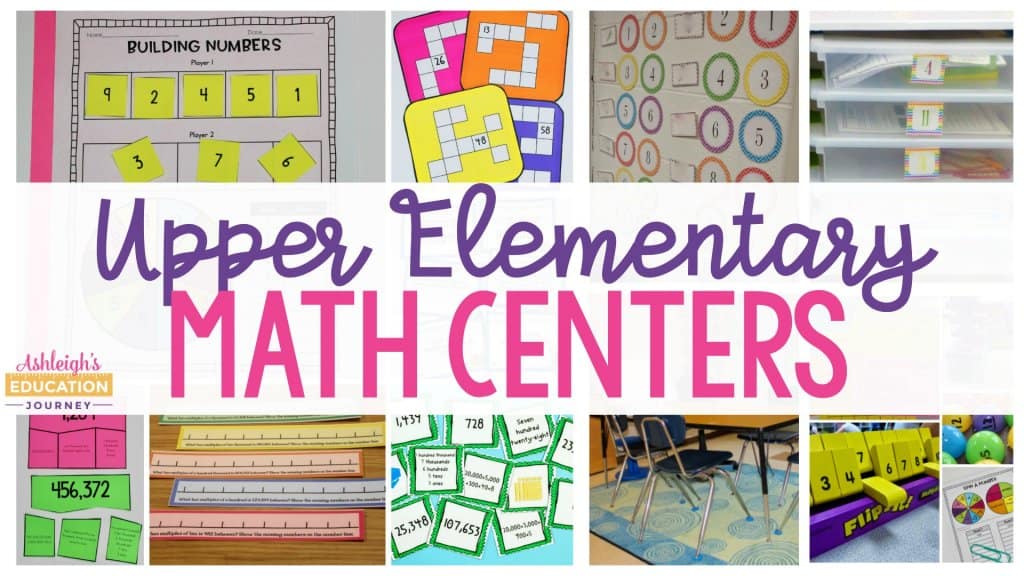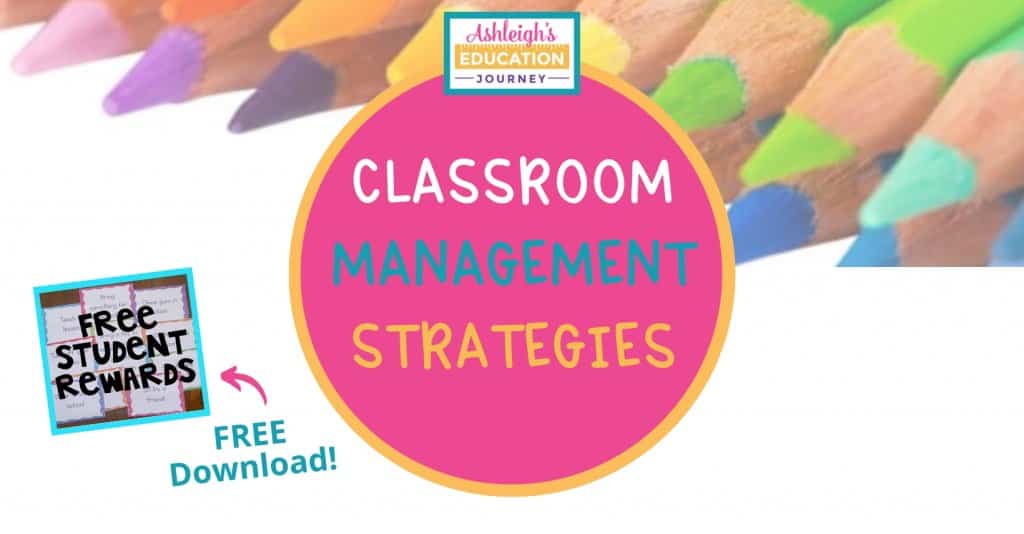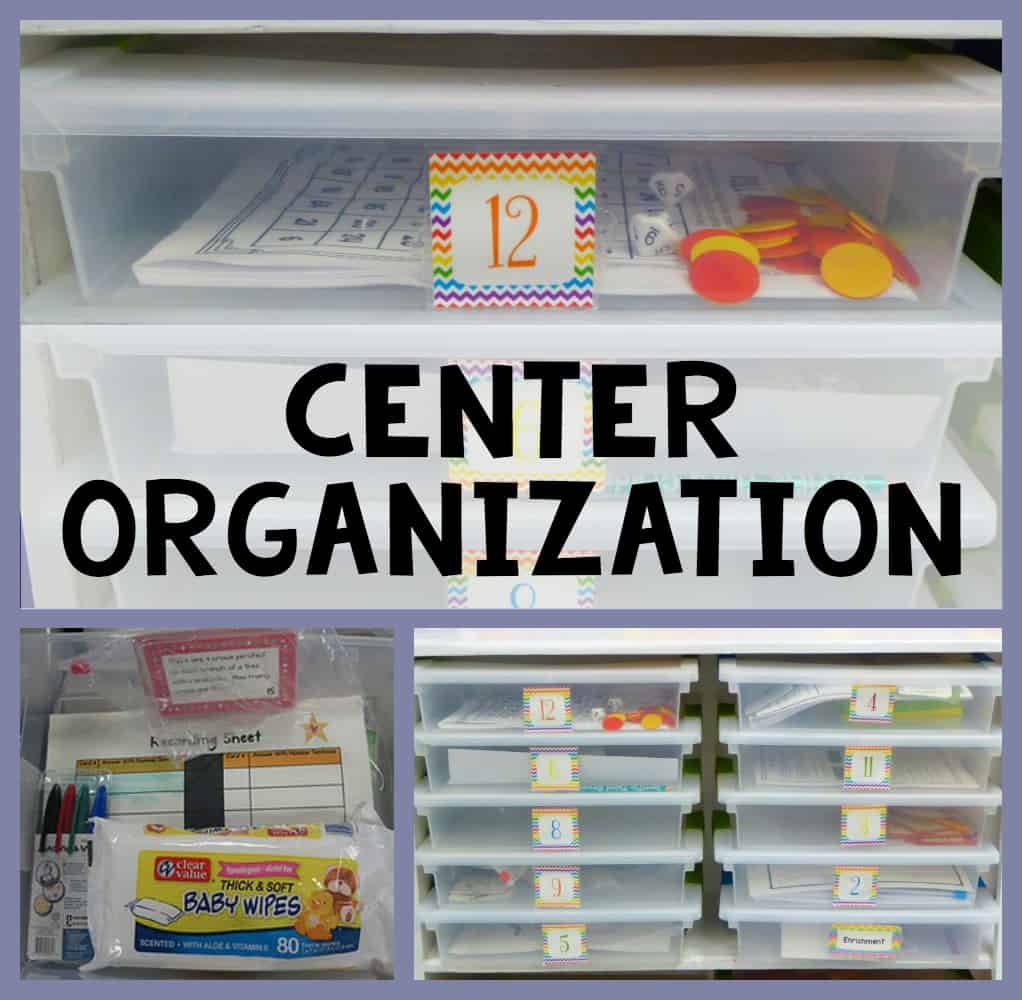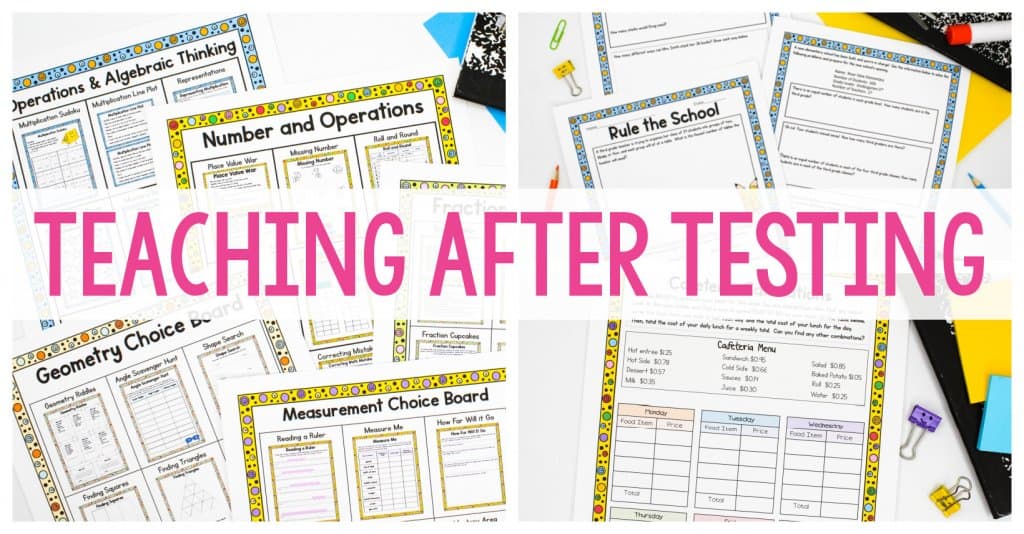I’ve always prided myself on classroom management, but as my class size increases, so does the difficulty in keeping students focused and on task. Math centers (or centers of any kind) are no exception.
I find that we start strong at the beginning of the school year. However, after we get into the swing of things, small behaviors issues begin to appear. After a while those small things begin to build up into more serious classroom management challenges. I’ve found that every now and then, we need to step back and refocus students to keep our centers and/or stations running smoothly.
Step 1-Revisit Rules and Routines
It’s time to revisit our rules and routines. Sometimes it’s easier to let things go, but it doesn’t do anyone any good in the long run. We have to continually discuss appropriate and inappropriate behavior and establish expectations for all areas. We can even discuss what happens when those expectations are not met.
Step 2-Increase Monitoring
I need to go back to my beginning of the year routine, and rather than meet with a group, monitor and observe. I don’t like this. I would much rather meet with small groups. But sometimes missing a day or two may be what’s best for everyone. If centers are running smoothly, your small groups can’t focus, so students will miss man valuable learning opportunities.
Step 3-Self Reflection
Give students more time to reflect on their behavior, participation, and the content of the activities during their work time. I’ve created five different versions of exit slips to as self-reflection form. Students will use these forms to assess their behavior, participation, and to reflect on the math learned. {Click here for your copy.}
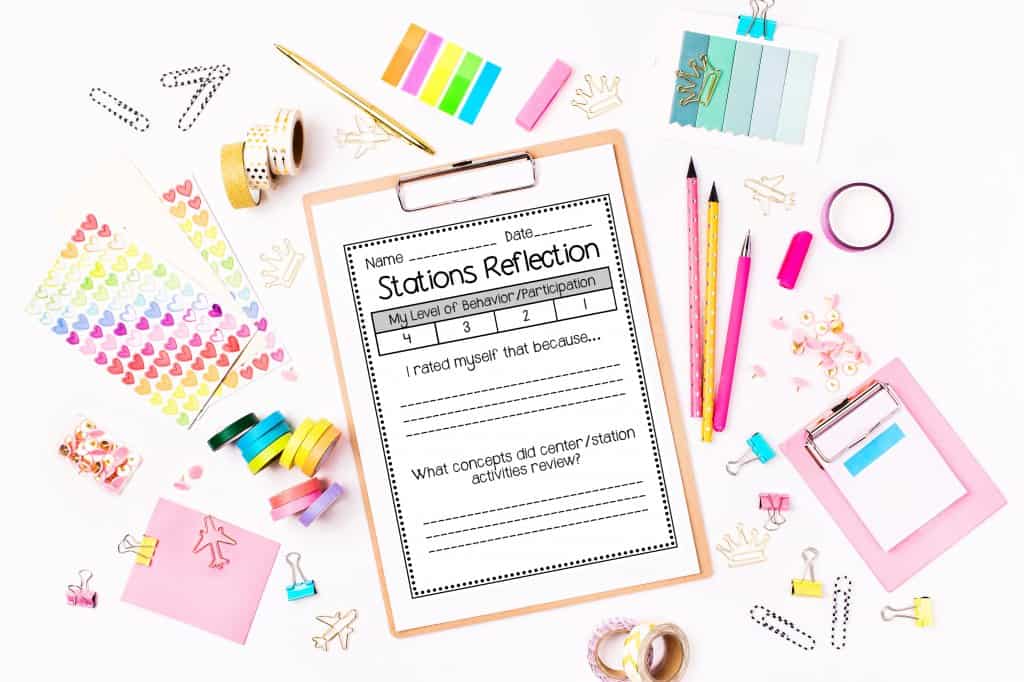
Step 4-Try a Sound Monitoring App
Step 5-Troubleshoot!
As we monitor, we should try to pinpoint specific roadblocks or areas of concern. These problems may range from physical set-up to the content of the task. Some potential problems include level of difficulty of the activities. Is the activity too hard or too easy, or is the activity just not engaging? The proximity of activities may create problems-are there some students who need to be separated? A major problem creator is an activity with unclear directions or missing parts.
Let me know if I’m forgetting something that needs to be added to the list or if you have any great tips!
If you want to learn more about upper elementary math centers, here’s a great post for you!
